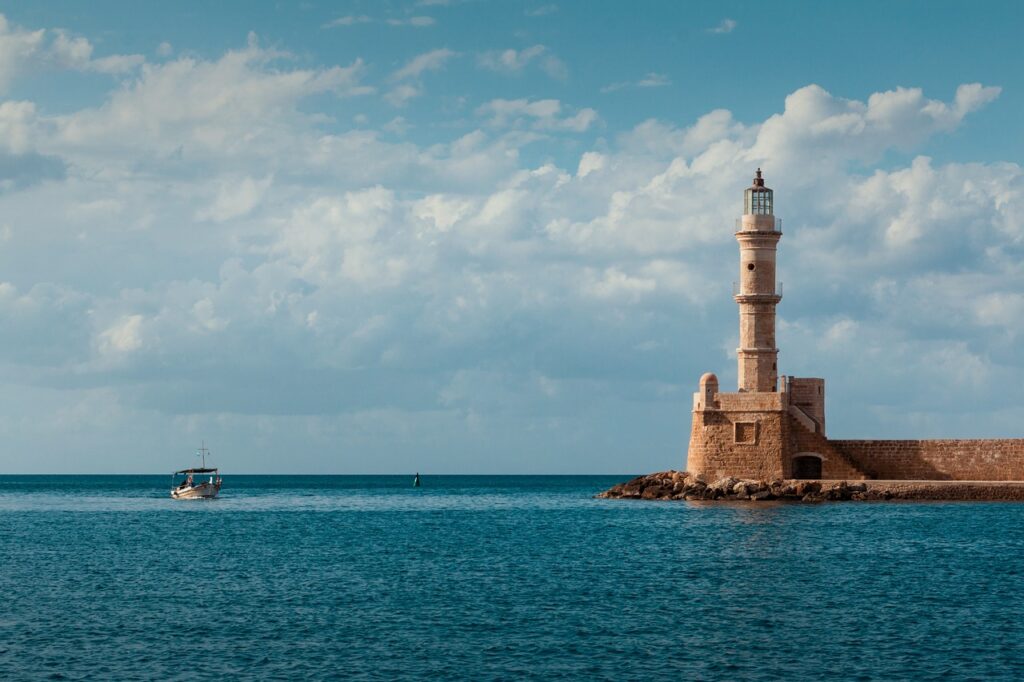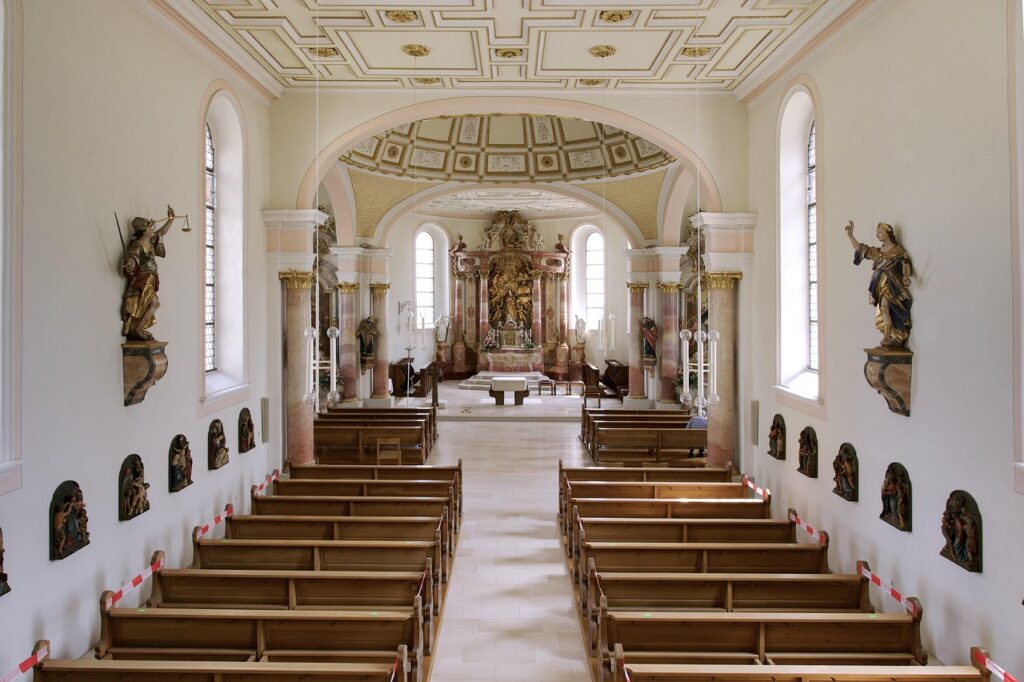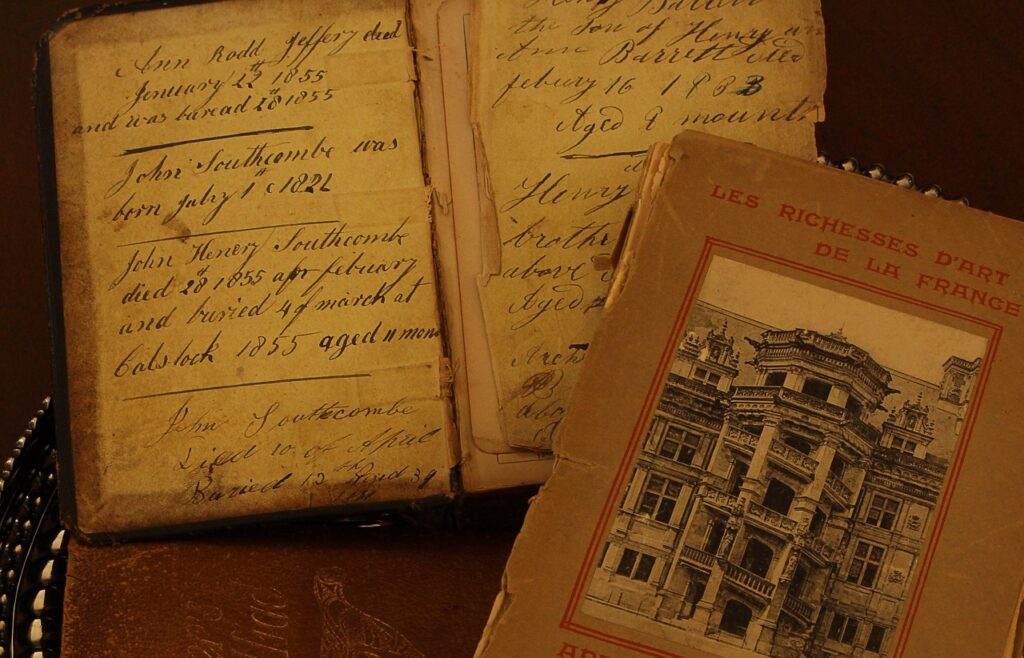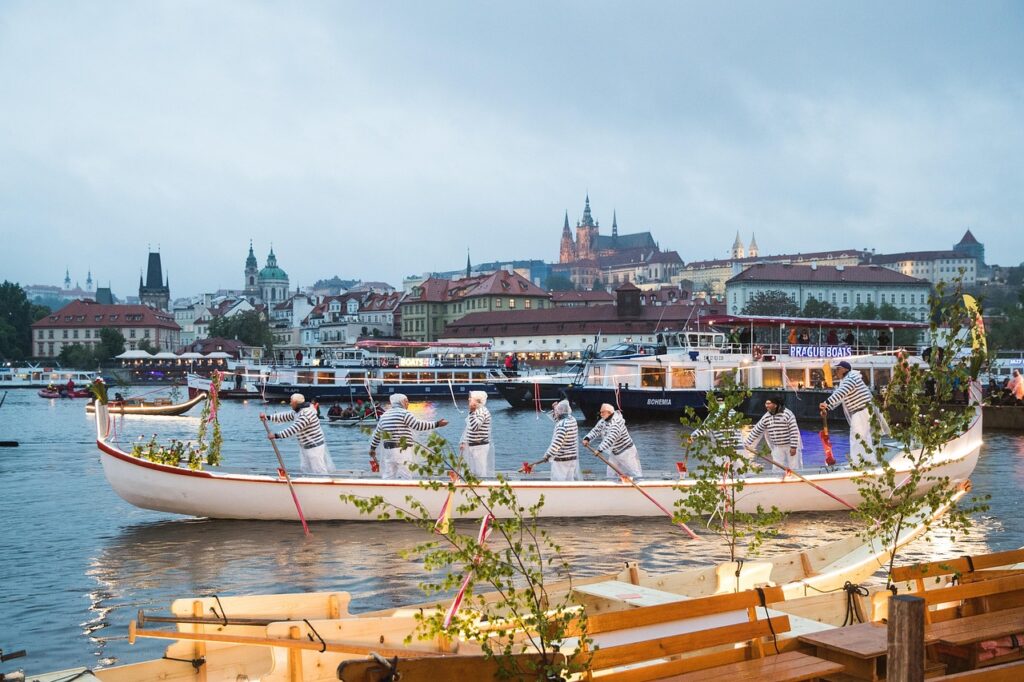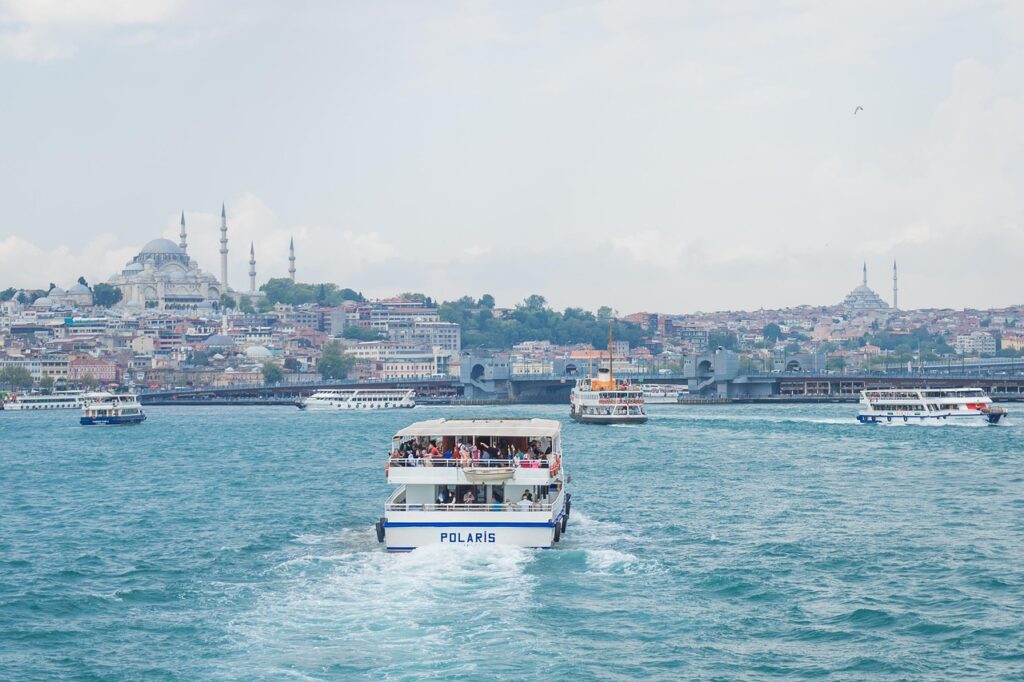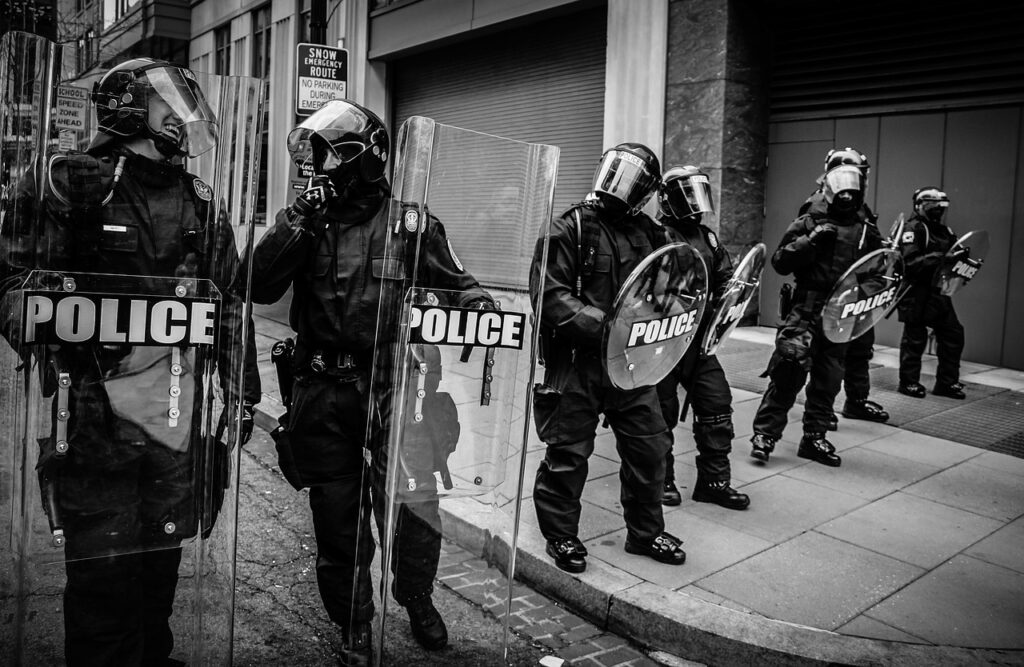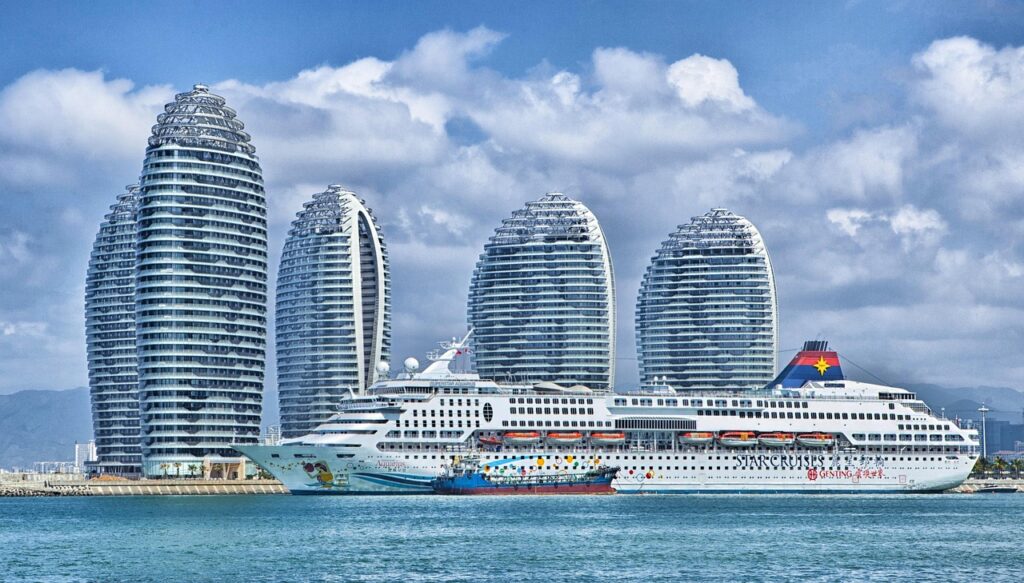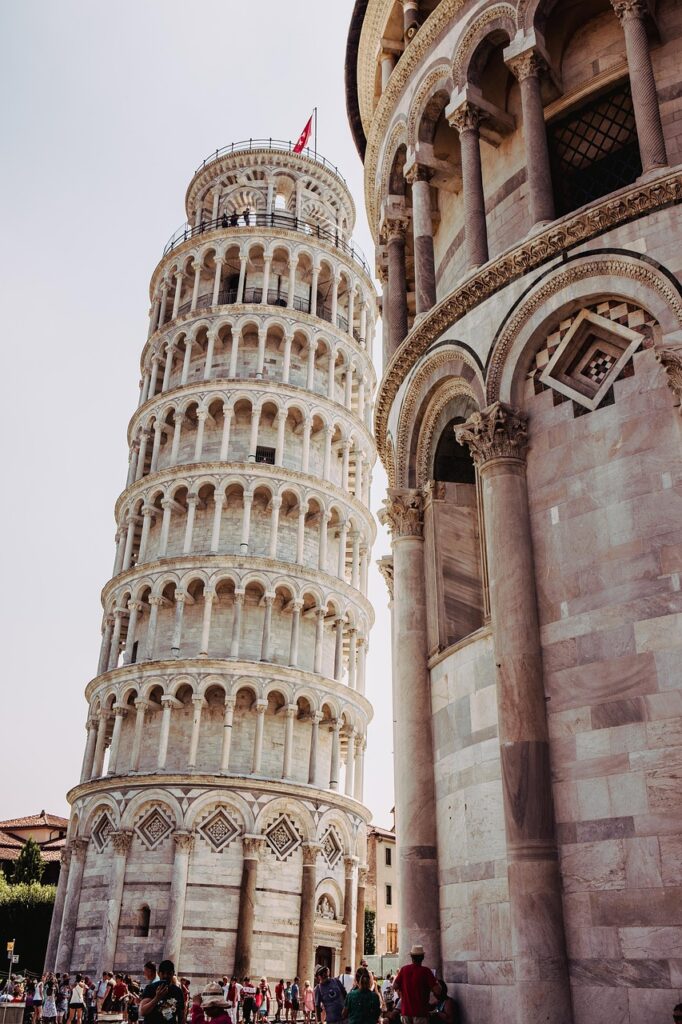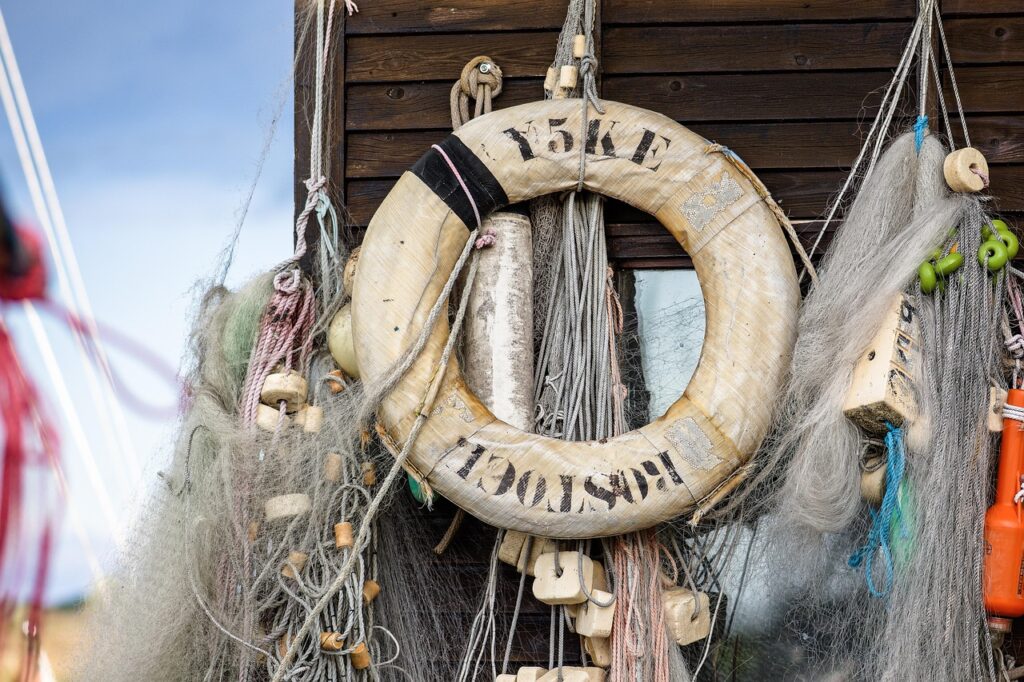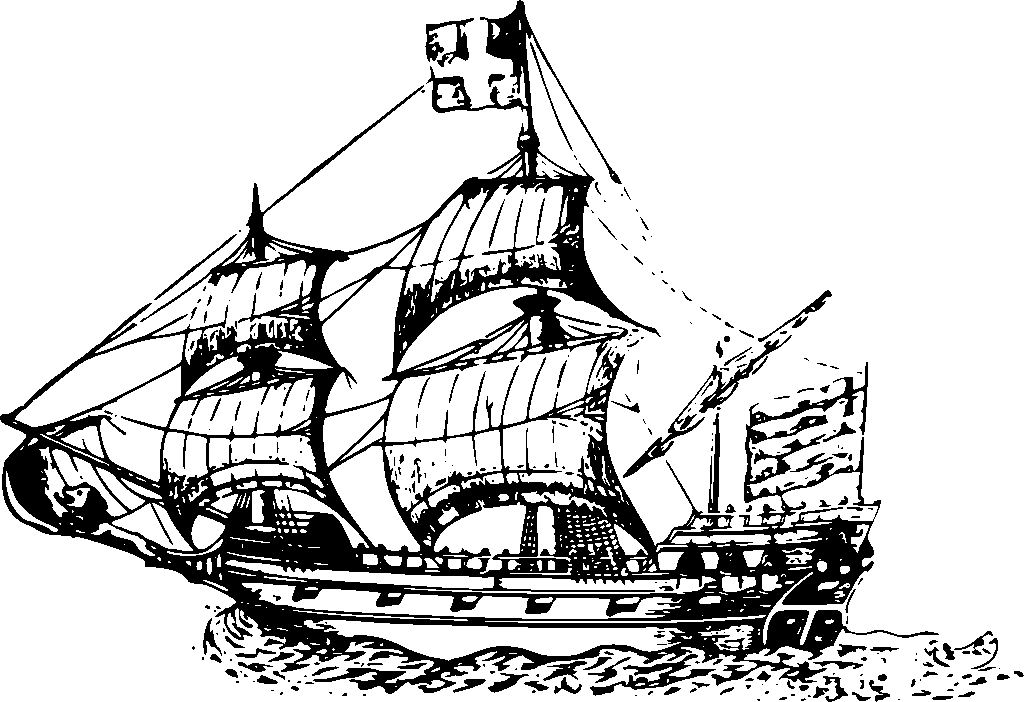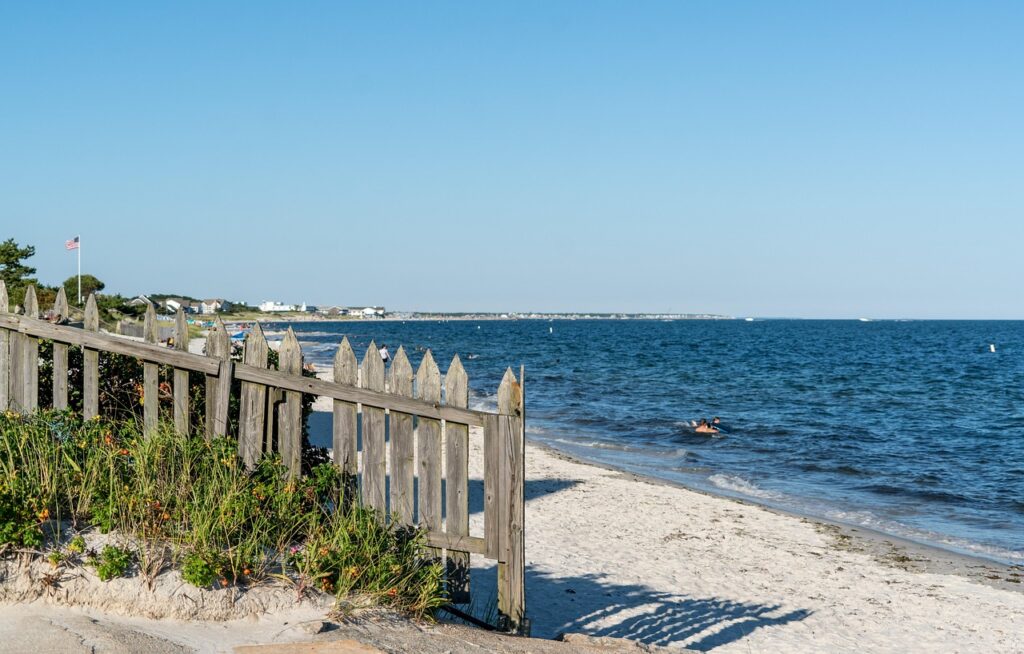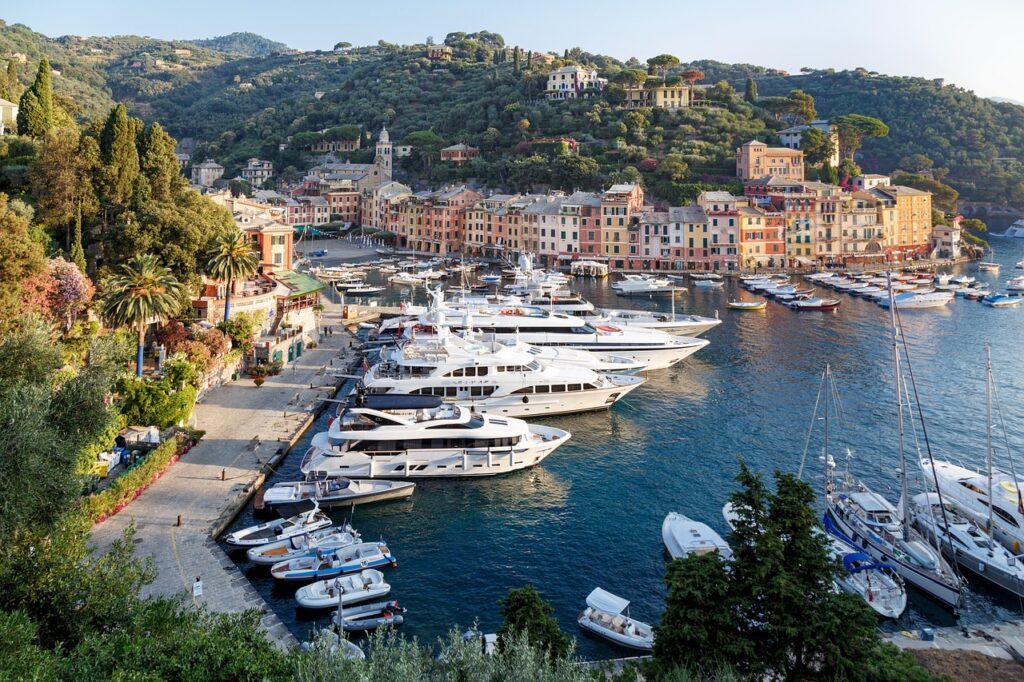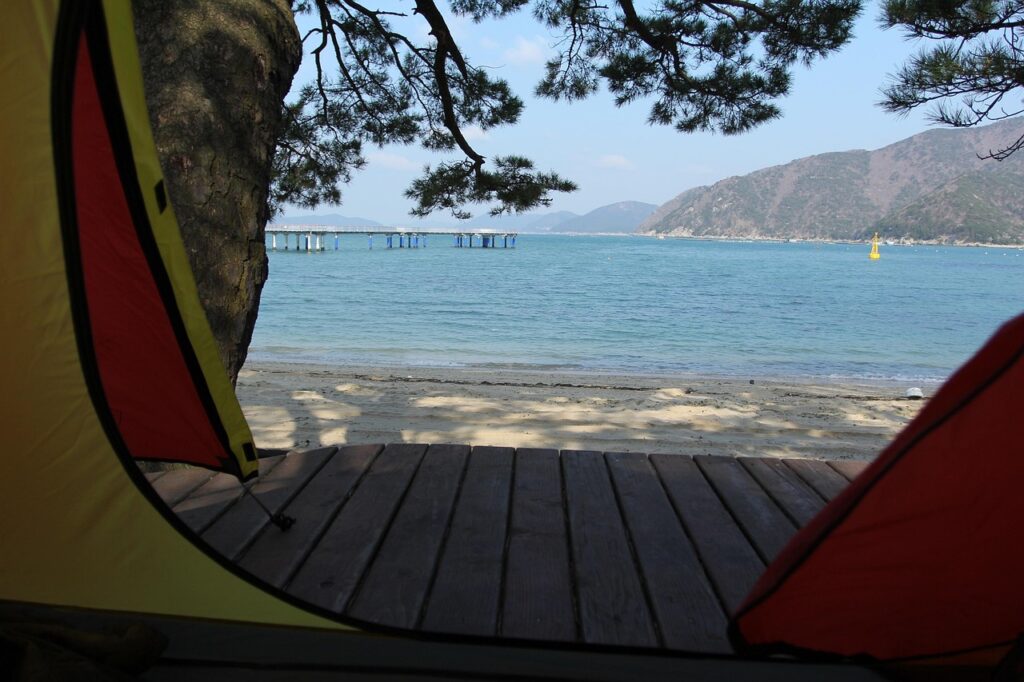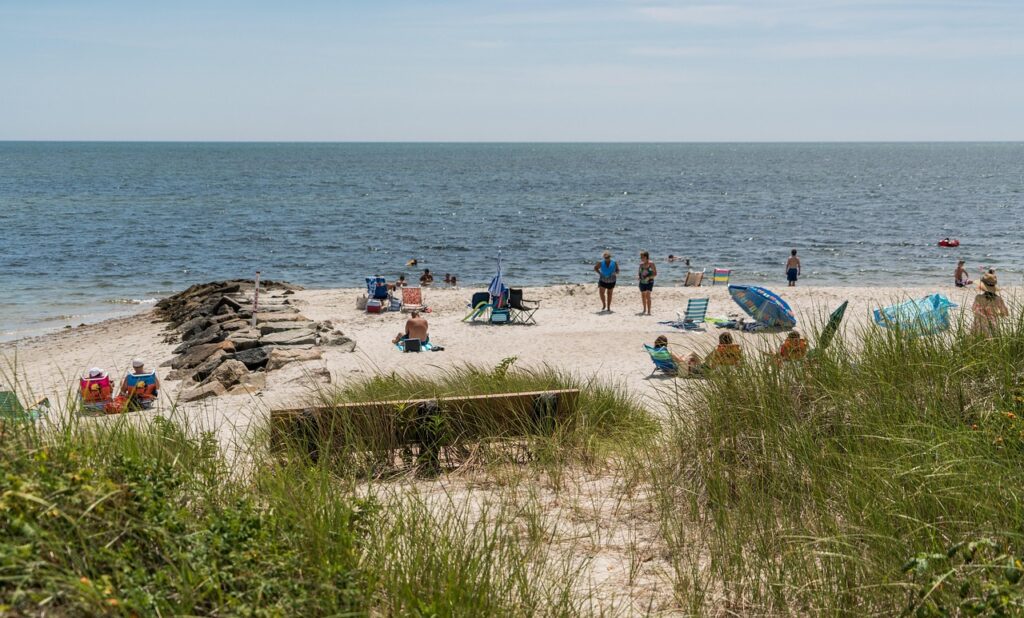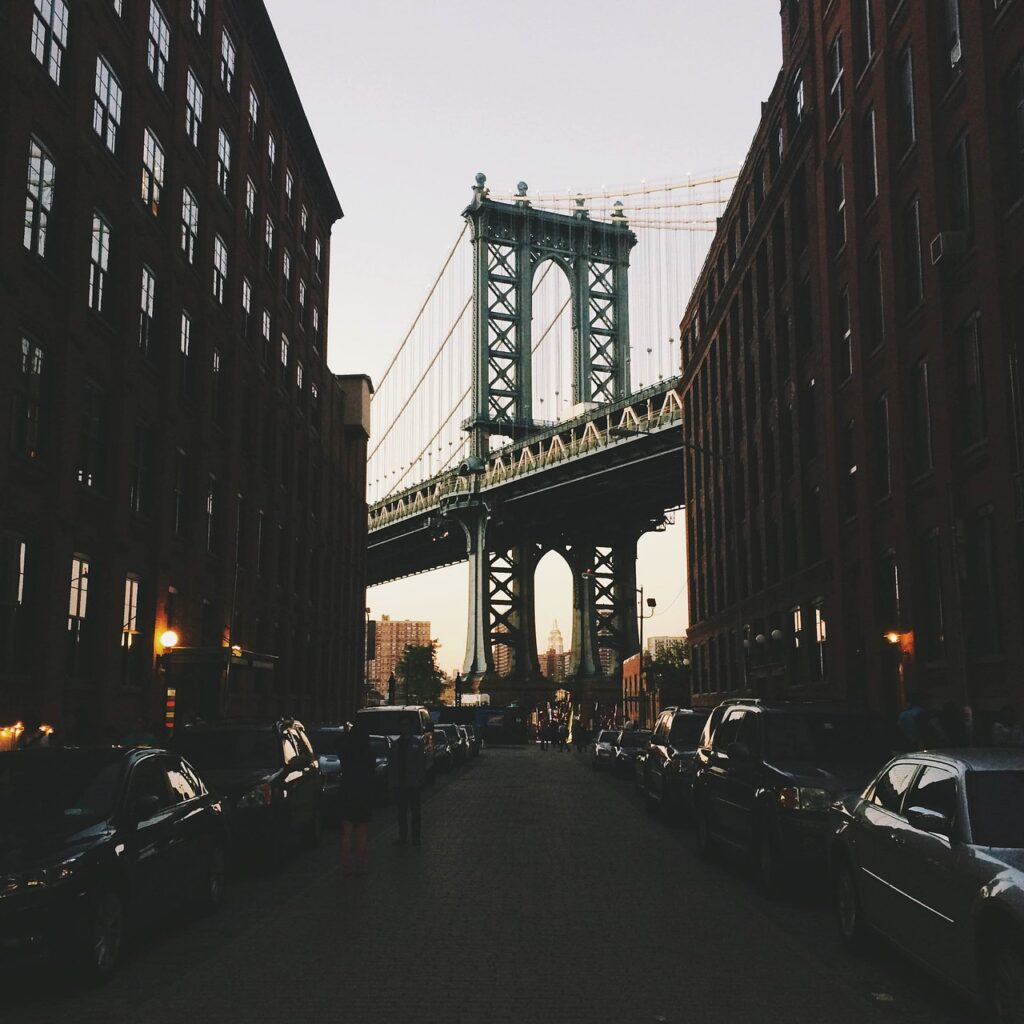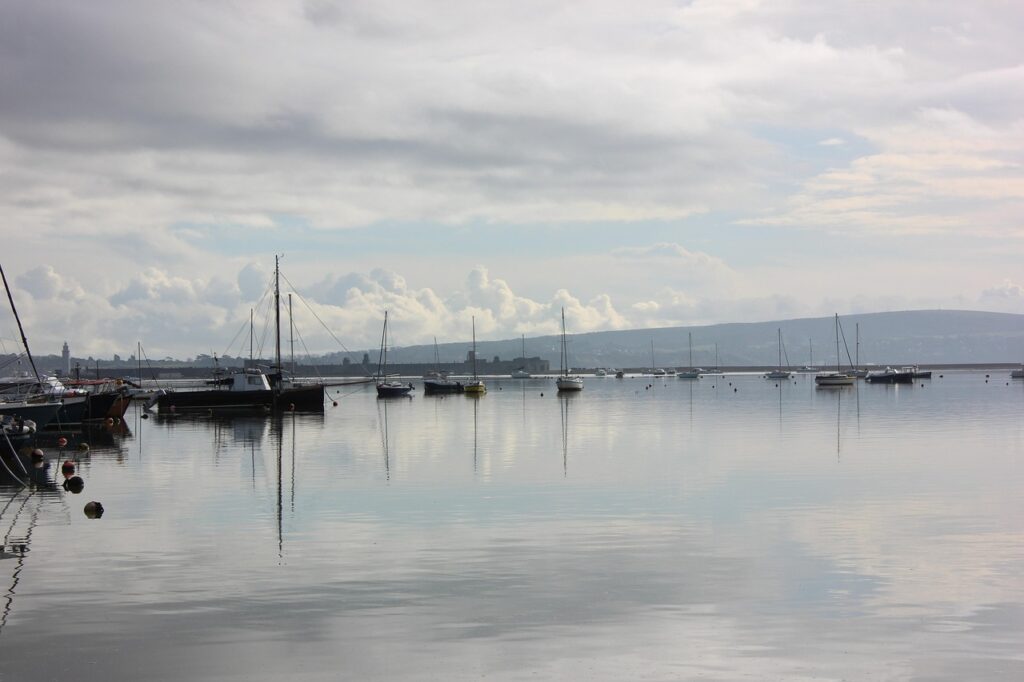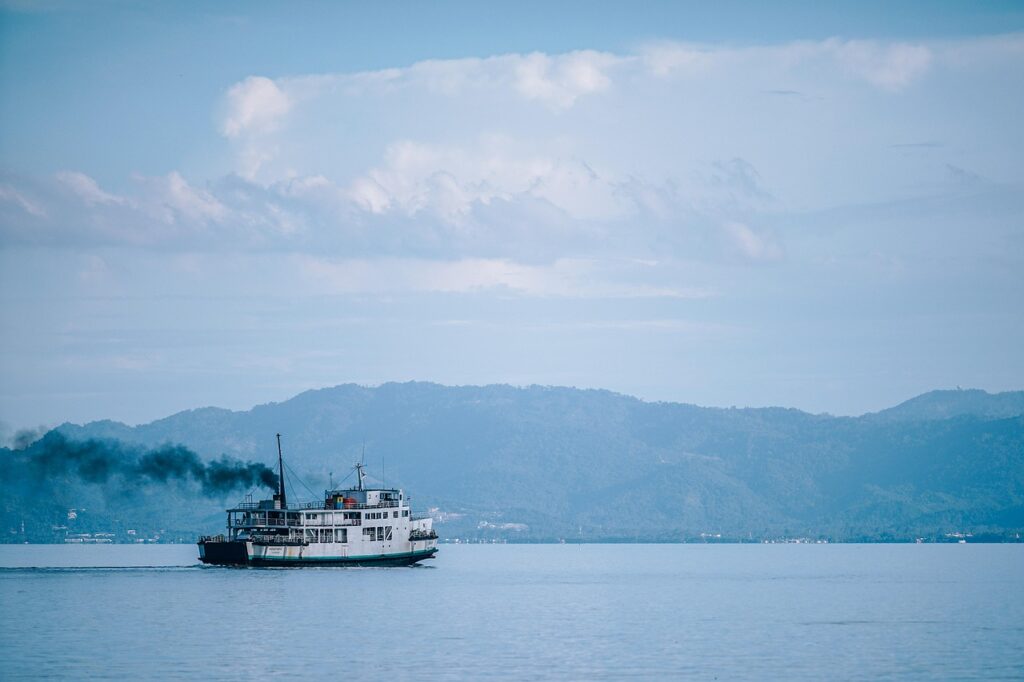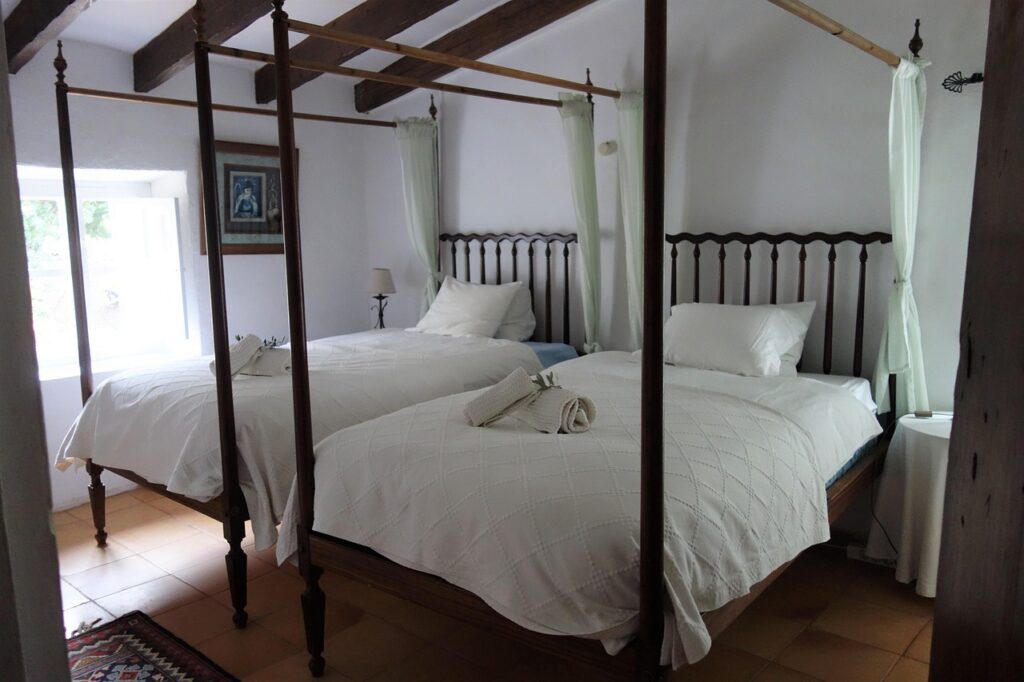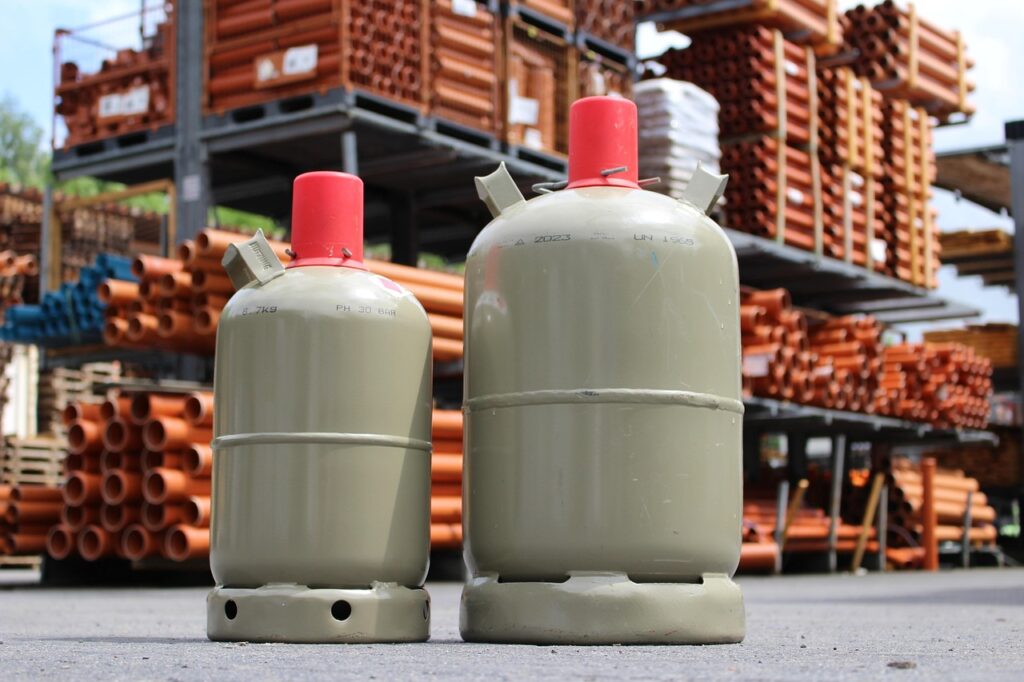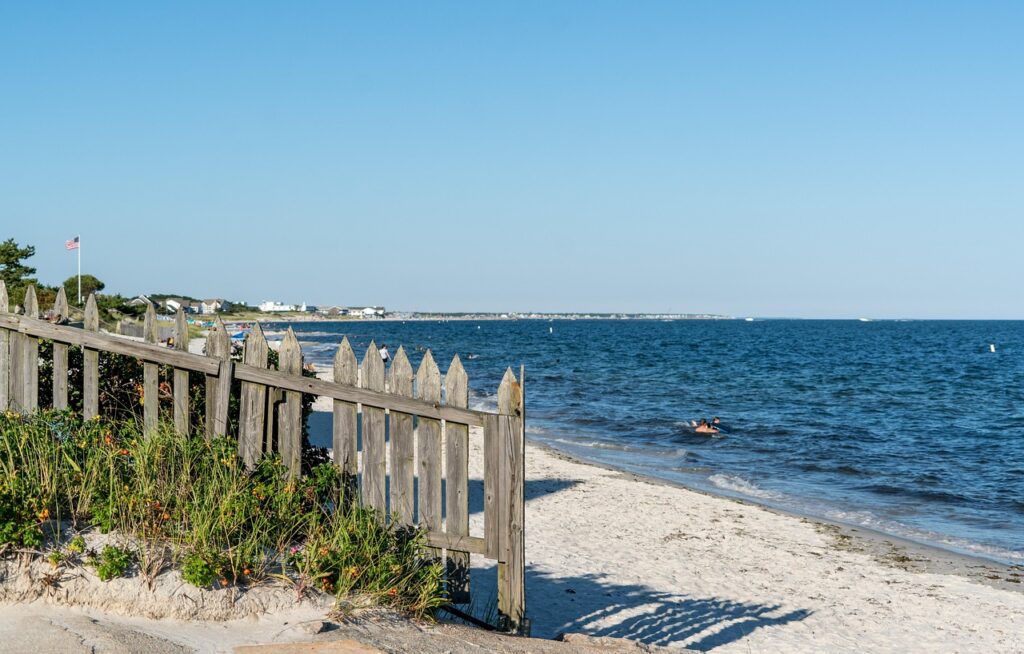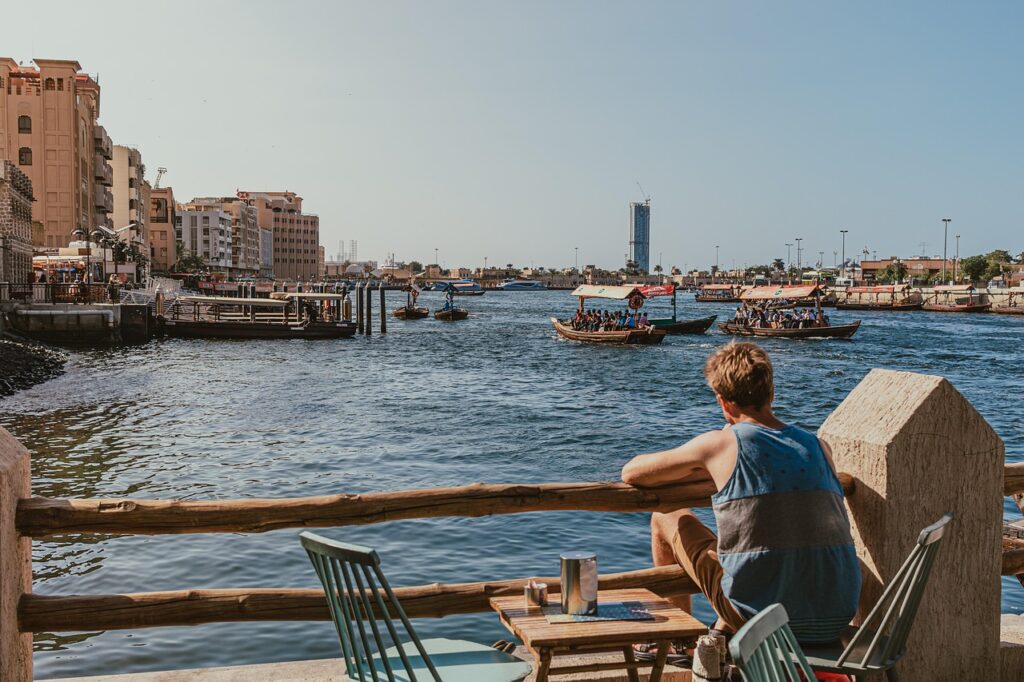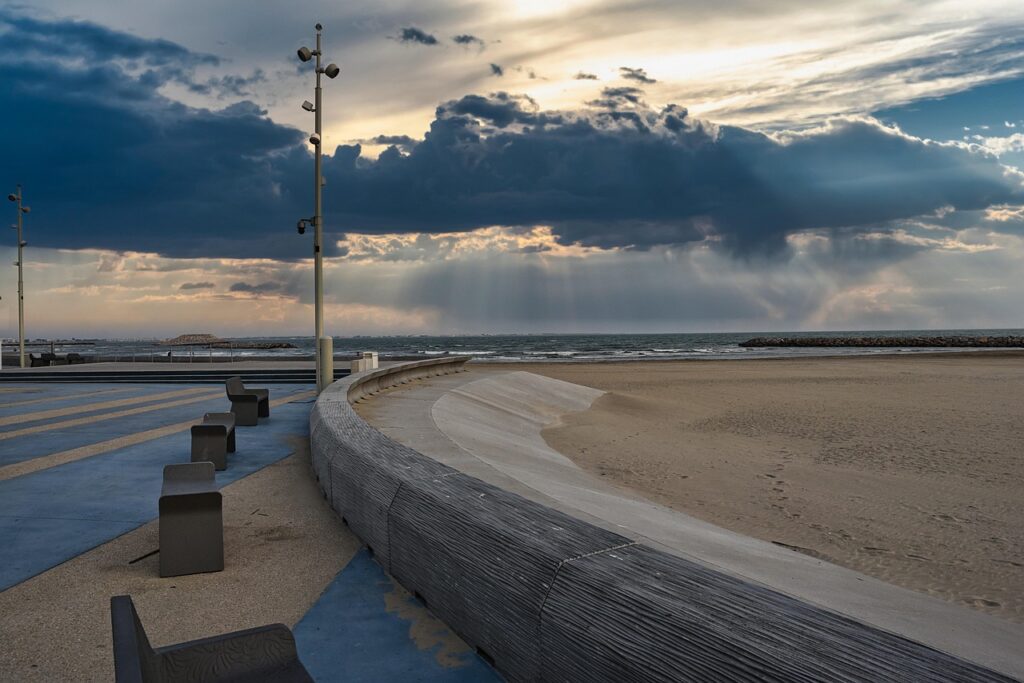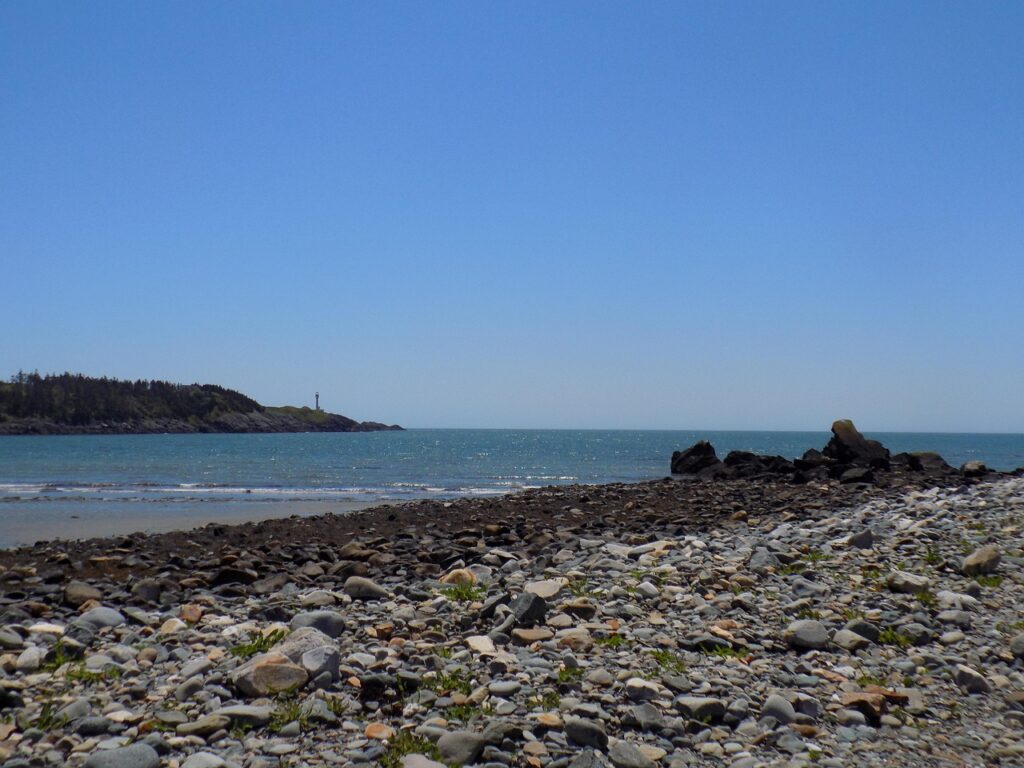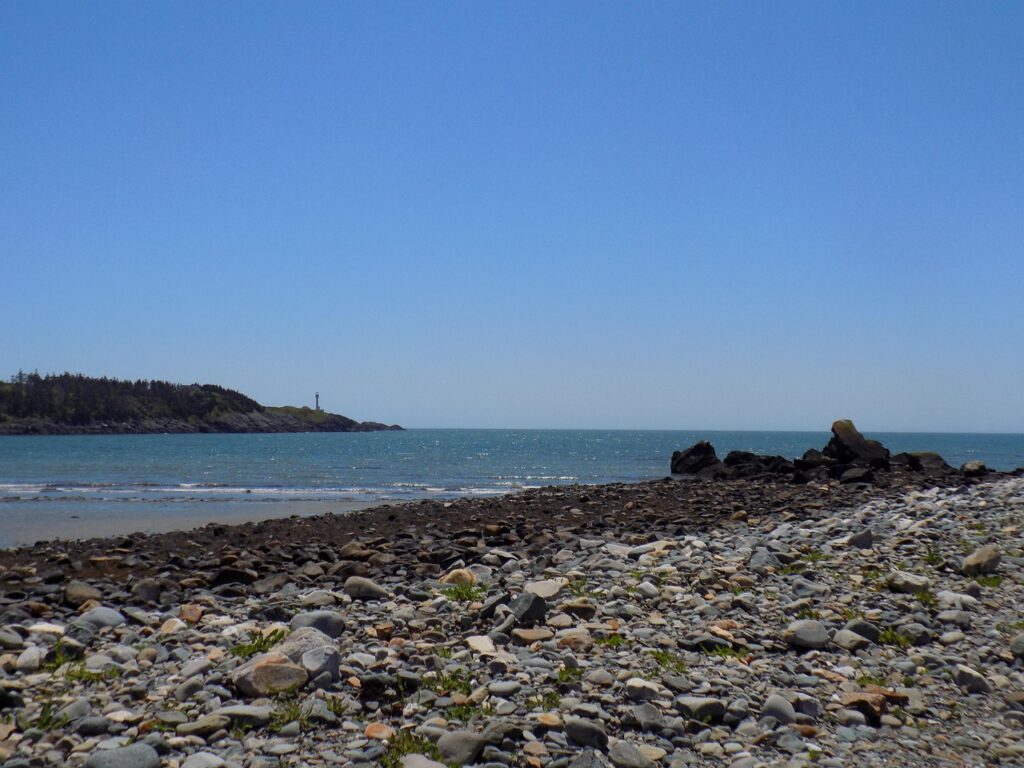The SS Yarmouth Castle disaster of 1965 was a tragedy that reshaped maritime safety and safety laws, acting as a grim reminder of the perils of inadequate safety standards aboard passenger vessels. This 39-year-old steamship, en route from Miami to Nassau, succumbed to a rapidly spreading fire fueled by wooden superstructures and flammable materials, leading to the loss of 90 lives. The incident highlighted glaring deficiencies in Ship Safety Standards, Passenger Vessel Safety protocols, and the oversight role of the Coast Guard, prompting urgent reforms in international maritime regulations.
How the SS Yarmouth Castle Fire Exposed Flaws in Maritime Safety at Sea
At just after midnight on November 13, 1965, a mattress ignited in a cluttered storage room, quickly engulfing the SS Yarmouth Castle due to its wooden superstructure and flammable paint layers. The fire alarms failed to sound and the fire suppression systems were inadequate, leaving passengers to fend for themselves amid spreading flames and smoke with no warning. Despite a safety drill weeks prior, the vessel did not comply with updated US standards as it sailed under a Panamanian flag, exempting it from strict US Coast Guard inspection.
- 🔥 Fire origin: Mattress near lighting circuit in storage room
- 🚨 Alarm failure: The ship’s alarm system was disabled by the fire quickly
- 💧 Firefighting issues: No water pressure in hoses and painted-over lifeboat ropes
- 📛 Passenger danger: Porthole clamps painted shut, lifeboats difficult to launch
- ⚓ Captain abandonment: The captain fled the ship prematurely, a disgrace echoed in other maritime disasters
Immediate Consequences and The Role of The U.S. Coast Guard in Investigation
Rescuers from nearby ships saved over 370 survivors, yet the loss of 90 souls was a heavy toll that placed maritime emergency procedures under harsh scrutiny. The U.S. Coast Guard launched a thorough investigation, uncovering multiple safety violations, such as:
- 🚫 No sprinkler system in the storage room where fire began
- 🔍 Inadequate fire doors and absence of fire drills for passengers
- 🚁 Only one radio operator aboard, below regulatory requirements
- ❌ Wooden superstructure accelerating fire spread
- ⚠️ Painted ropes jamming lifeboat launch mechanisms
These findings exposed the urgent need for Maritime Regulations revamps and empowered the Coast Guard to enforce stricter controls.
| Issue 🔥 | Effect 🛑 | Corrective Action Implemented 🛠️ |
|---|---|---|
| Wooden superstructure | Fast spread of fire | Ban on wood superstructures on passenger ships |
| Unserviced fire alarms | No early warning | Mandatory fire alarm tests and drills |
| Painted lifeboat ropes | Failed lifeboat launch | Strict lifeboat equipment inspections |
Long-Term Impact: Maritime Law, Safety Standards and Nautical Emergency Procedures
The SS Yarmouth Castle tragedy catalyzed amendments in the Safety of Life at Sea (SOLAS) convention and US law, setting a new cornerstone for Passenger Vessel Safety worldwide. Key changes included:
- ⚓ Ships over 50 overnight passengers must be constructed using non-combustible materials like steel
- 📅 Mandatory regular fire safety drills and enhanced training for crew and passengers
- 🚦 Implementation of more robust navigational and emergency signaling devices
- 🛡️ Enhanced Coast Guard inspections of foreign vessels embarking passengers in US ports
- 📝 Increased requirements for onboard life-saving equipment and clear evacuation protocols
These measures now define modern standards of Ship Safety Standards, and many new cruise compliance rules originate directly from the lessons learned in the wake of this maritime disaster.
| Post-Disaster Maritime Reforms ⚖️ | Impact on Safety and Passenger Confidence 🌊 |
|---|---|
| Ban of wooden superstructures | Greatly reduced fire risk aboard ships |
| Regulation of fire drills and alarms | Improved emergency preparedness |
| Enhanced Coast Guard oversight | Better compliance for foreign vessels |
Remembering the Lives Lost and Lessons Learned in Passenger Vessel Safety
The human cost was immense — 88 passengers and 2 crew members lost, including devoted community volunteer Louise Jackson and her daughter Marty, whose story is heart-wrenching testimony to the disaster’s severity. Their family’s saga highlights how little the public knew initially and the trauma endured waiting for news. They later witnessed firsthand the long battle for improved Maritime Law and victim compensation.
- 🕯️ Families suffered delayed information and slow rescue response
- 🎗️ Survivor accounts inspired public demand for better safety laws
- ⚖️ Lawsuits ensued, compelling cruise companies to take responsibility
- 🔄 Industry reforms imposed to avoid repeating such tragedies
- 👨✈️ Crew training improved on impact, escape, and rescue procedures
Still, the SS Yarmouth Castle disaster remains a somber chapter in maritime history, now commemorated only by dedicated observers and maritime law experts. Its legacy lives on, safeguarding millions aboard passenger vessels across the seas.
Explore Maritime History and Travel at Yarmouth Villages
For those fascinated by maritime stories and safety evolution, exploring the beautiful coast of Great Yarmouth offers insights into nautical heritage and seaside charm. Dive into the
incredible coastal inns of Yarmouth, Maine, or discover history up close at Yarmouth Castle on the Isle of Wight, a symbol of strength and defense. For nature lovers, Yarmouth coastal walks blend spectacular cliff views with rich tales of the sea.
Frequently Asked Questions About the SS Yarmouth Castle Disaster and Maritime Safety
- What caused the SS Yarmouth Castle fire? A mattress ignited near a lighting circuit in a storage room, exacerbated by wooden structures and flammable paint.
- How many died in the disaster? A total of 90 people, including 88 passengers and 2 crew members, perished.
- What safety reforms followed the tragedy? Strengthened fire safety laws including bans on wooden superstructures, mandatory drills, and better Coast Guard inspections.
- Did the captain stay to help passengers? No, the captain abandoned the ship early, an act condemned and reflective of other similar disasters.
- Can I visit historical maritime sites in Yarmouth today? Yes, sites like Yarmouth Castle on the Isle of Wight offer rich historical insights and coastal explorations.





















